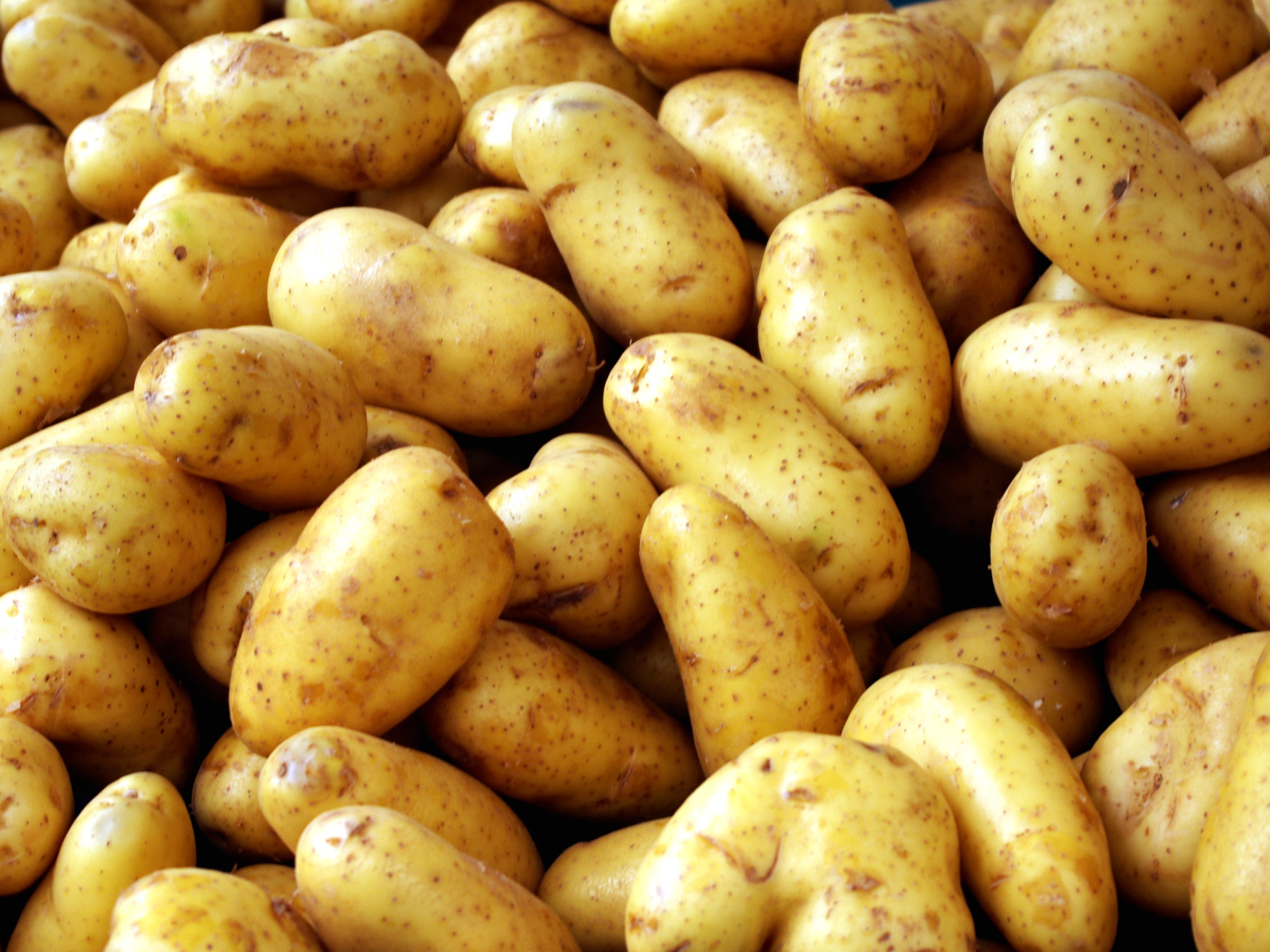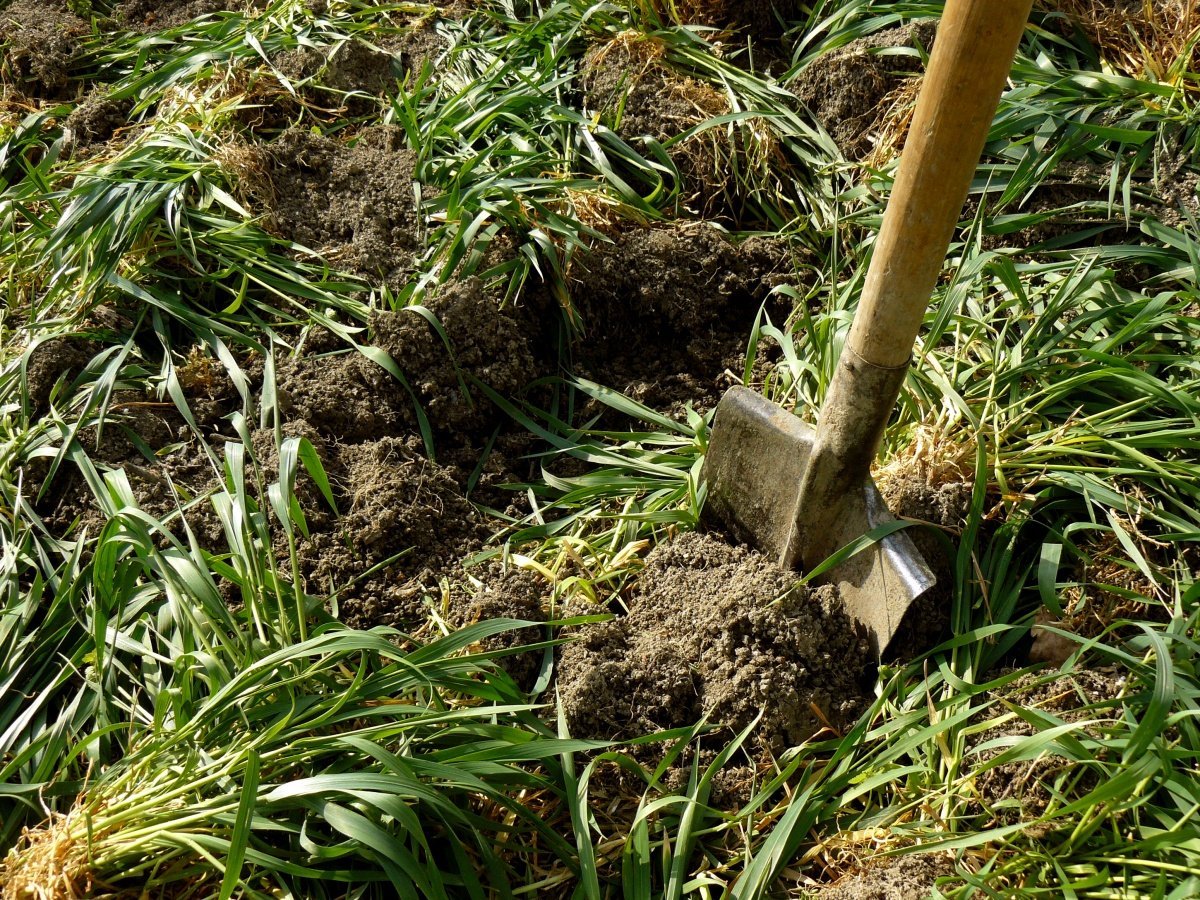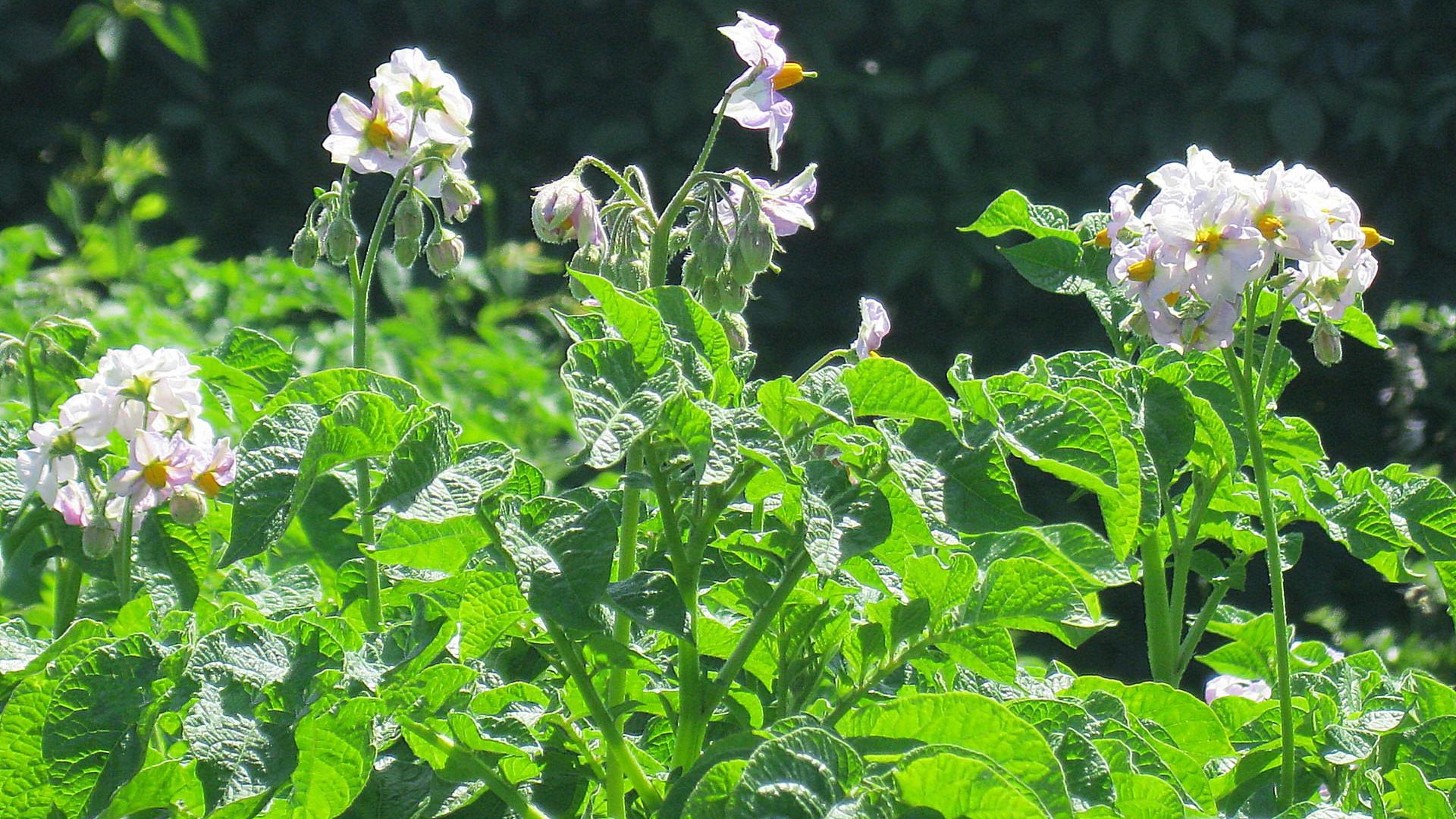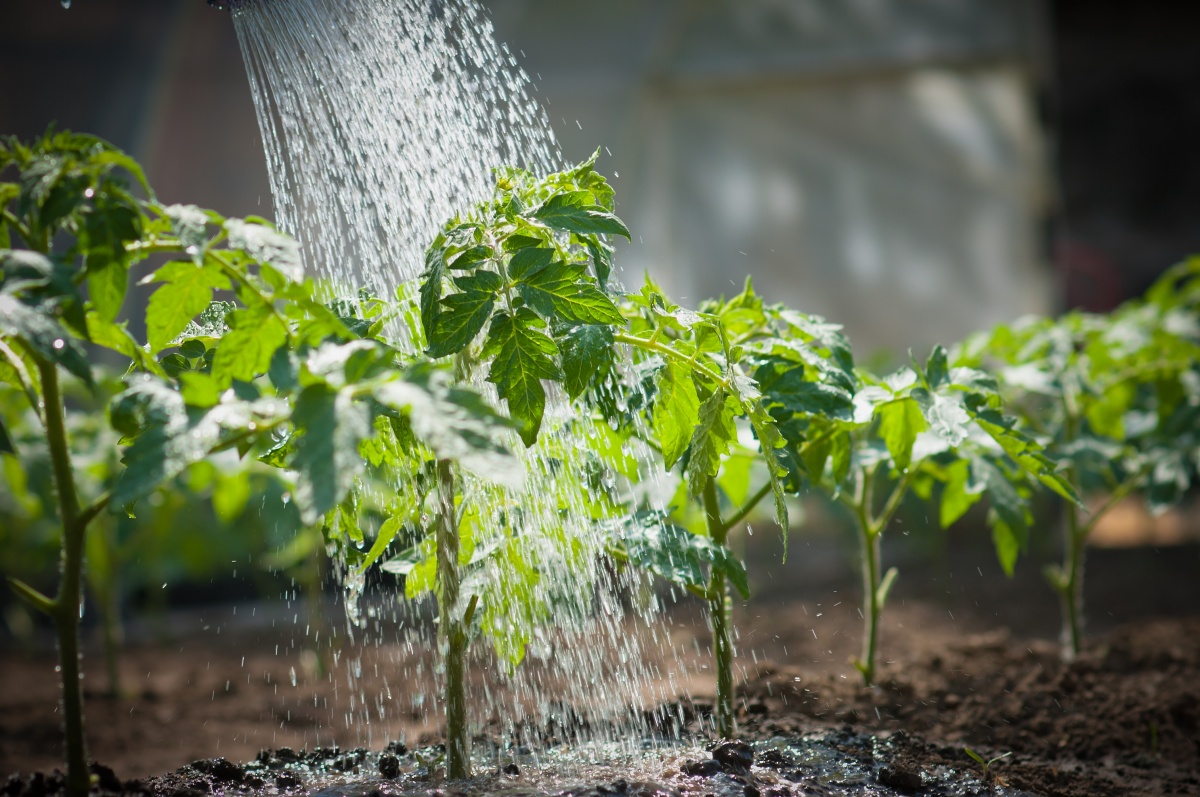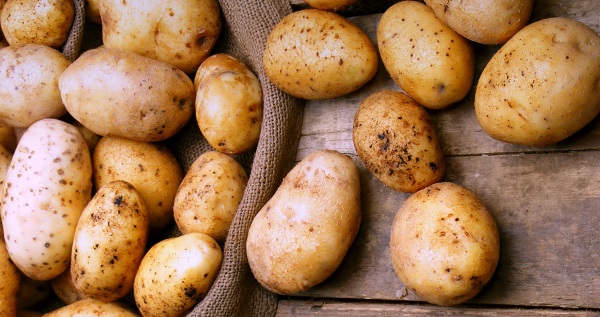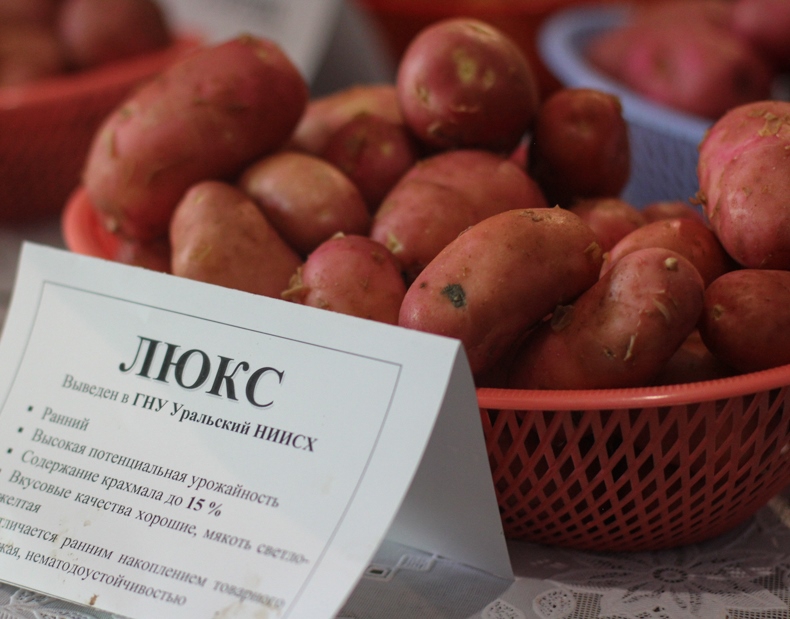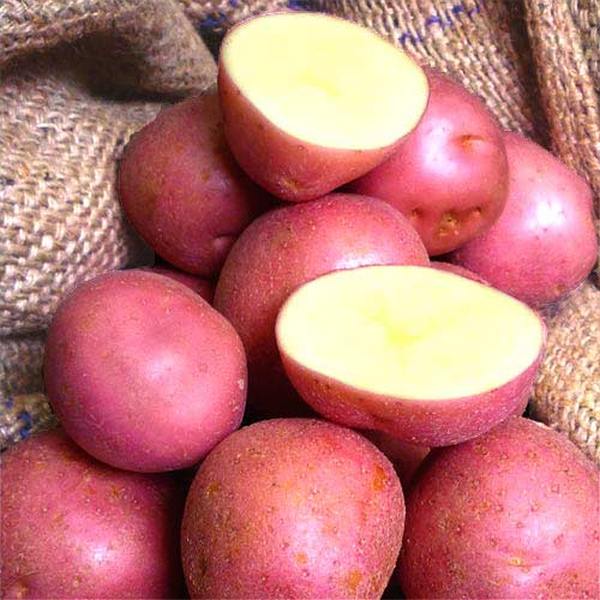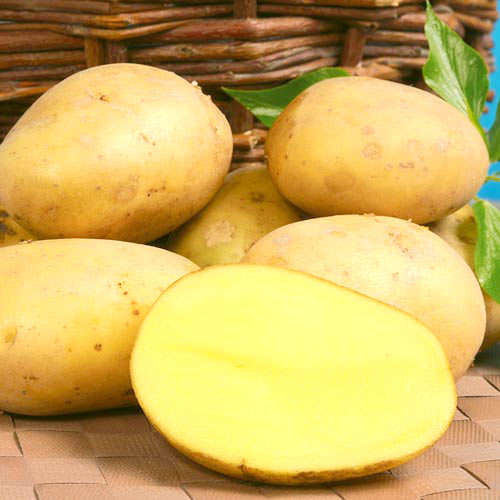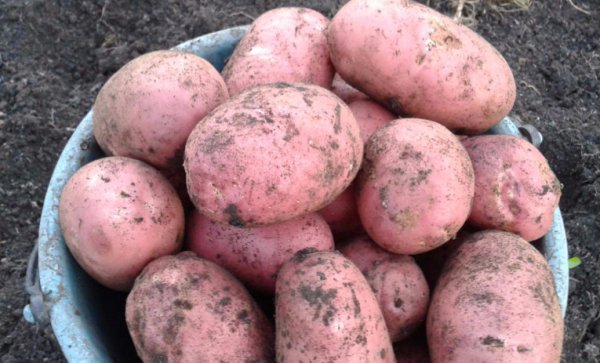Content:
As soon as Peter the Great tricked the peasants to grow potatoes, tasty tubers settled on the menu of Russians, becoming, in fact, the second bread. The popularity of culture prompted breeders to create more and more new varieties, improving consumer characteristics.
It is no longer necessary to wait until the end of summer to pamper yourself with the tubers of the new crop. In the early 90s of the last century, Zhukovsky potatoes were bred at the Lorkh Research Institute, which made it possible to receive early products (Yagodka and Hydra became the "parents"). The growing season for the variety is 1.5 months, which allows the tubers to be harvested from mid-June.
Features of the variety
First of all, Zhukovsky early potatoes were created for cultivation in the Ural and Siberian climates. But in the latter region the yield was low, but the middle zone of Russia turned out to be fertile for an unpretentious variety. For example, in the Lipetsk region they take up to 380 kg from one hundred square meters. If all the rules of agricultural technology are observed, 600 kg of tubers can be obtained from 100 square meters of plantation.
Despite the novelty of the variety (less than half a century old), it has already become quite popular among farmers. This is due to the characteristics of the Zhukovsky potato variety.
Features of the variety
| Indicators | Description |
|---|---|
| Bush | Medium-sized tops with numerous branchy, strongly branching stems. Large leaves are corrugated-dissected, dark green in color. The resulting pink-purple inflorescences with white tips are compact and not fruitful. Blooms profusely, evenly, but for a short time |
| Roots | Medium to large in size, neatly rounded. Thin pink skin is smooth, without signs of roughness. The tuber gives few superficial eyes of deep red color. The pulp is white, firm, not powdery, but watery (a common feature of early varieties). In the nest, up to 12 root crops with an average weight of 150 g are formed, having a high presentation |
| Nutritional value | The tubers contain a large amount of minerals and vitamins, there are flavonoids, organic acids, proteins. The amount of starch in the composition is no more than 15%, which makes the variety low in calories |
| Disease resistance | This variety rarely affects potato disease in the form of scab and late blight (it all depends on the conditions of agricultural technology). Increased immunity to cancer and nematodes is observed |
| Keeping quality | The variety can be safely sent for storage - this indicator is estimated at 96% |
Applied agricultural technology
Zhukovsky seed potatoes are grown taking into account the agricultural technology for this crop. But there are also varietal characteristics that should be taken into account in order to achieve high yields.
Soil preparation
A pleasant feature of the variety is its unpretentiousness to the soil, therefore Zhukovsky takes root well in all regions. But the depleted soil with high acidity becomes the cause of the development of diseases. Therefore, during autumn digging (to a depth of 25 cm), wood ash or compost is introduced into the soil.In the spring, nitrogen fertilizers are scattered over the site, after which the soil is loosened and the beds are leveled.
It is necessary to take into account the principles of crop rotation. It is not recommended to plant the Zhukovsky variety in the same place every year. A new site is selected taking into account the predecessor vegetables. For potatoes, legumes, cabbage and cucumbers are considered the best. The rest of the crops should be ignored or new plots should be allocated for the plantation that are not yet involved in the crop rotation.
Planting methods
There are several ways to plant this variety.
Each summer resident will choose the most suitable for himself, based on the type of soil:
- when planting flat, separate holes 8 cm deep are dug into which they are laid on the tuber, covered with earth without forming a mound;
- in Siberia, where the risks of flooding and spring cold snaps are high, ridge landing is used; the embedding is carried out to a depth of 5 cm; when the sprout hatches to the surface, it is huddled, completely covered with earth; such shelters are made until the bush reaches a height of 15 cm;
- in arid areas, they are planted in trenches up to 10 cm deep, with the obligatory application of fertilizers to the bottom; having laid the tubers upside down, they are sprinkled with earth, the soil is leveled and mulched to keep moisture longer.
Each of the options will give amicable shoots if the potatoes are properly prepared for planting. The emergence of sprouts can be accelerated if the plantings are immediately covered with non-woven material. In this case, you can really pamper yourself with young potatoes already at the beginning of June (provided that the sowing was carried out in April).
Germination
Adaptation to low temperatures allows planting the variety in mid-spring.
Therefore, germination begins in March, doing it in stages:
- tubers are carefully selected, rejecting damaged and diseased ones;
- seed material is laid out in one layer in containers with low sides and taken out to a greenhouse or a cool illuminated room;
- optimal conditions for germination are created - temperature within 5-8 degrees Celsius (with a subsequent increase), diffused light, ventilation and air humidification.
In a city apartment, germination can be carried out in a closed loggia by placing the tubers in 3 liter jars.
After waiting for the sprouts to reach 1 cm, the skin turns green, and the soil temperature will be at least +5 degrees, they start planting using the selected technology. At the same time, tubers with thin sprouts should be discarded immediately - they will not give a large yield.
Care
The maintenance of the plantings will ensure stable cultivation of the Zhukovsky variety.
The peculiarity of this stage is not much different from standard measures:
- weeding and loosening the row spacings will provide air access to the tubers; if these actions are neglected, then the fruits are crushed;
- hilling is necessary - it stimulates the development of a strong root system and protects seedlings from frost;
- the variety has poor resistance to colorado, therefore, a preventive measure is needed - spraying the bushes with insecticides in May; in small areas, you can do without chemistry if you regularly remove the beetles by hand;
- but it is better to minimize watering, since the variety is more adapted to drought.
If the growing conditions are optimal, a bountiful harvest can be collected within 2 months after planting. The potato is resistant to mechanical damage, which allows using special devices during harvesting.
Storage will have to be given special attention. The room where there are wooden boxes or sacks of potatoes should be dark. The optimum temperature is from 2 to 5 degrees Celsius.An increase in this indicator will lead to the appearance of sprouts, a decrease - to freezing of tubers. In any case, the taste of the fruit is lost and deterioration occurs.
Advantages and disadvantages of the variety
Having decided to buy seed material of the Zhukovsky variety, one should study its positive and negative properties in order to adjust the cultivation agricultural technology for them.
Advantages:
- the possibility of early planting and quick harvesting;
- the elongation of fruiting allows you to dig in the bushes for sampling the first harvest;
- the variety gives stable productivity even with poor agricultural technology;
- tubers have a good presentation and excellent keeping quality;
- Zhukovsky firmly endures potato diseases.
Disadvantages:
- with poor agricultural technology, resistance to fungal diseases decreases;
- with excessive moisture (in the rainy season), tubers rot;
- timely harvesting is required to maintain the quality of the potatoes.
Some farmers also consider the average taste indicators to be disadvantages, which can deteriorate significantly if the tubers "sit out" in the ground.
The above description of the Zhukovsky variety is worth paying attention to. Every positive feature of a potato outweighs disadvantages that it may not have if the right growing conditions are maintained. One of the arguments in preference may be the ability to adapt to any climatic conditions.
